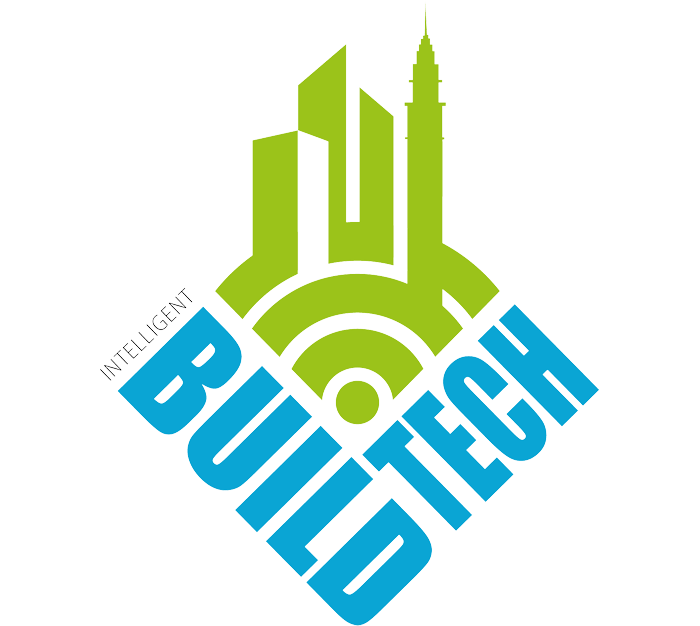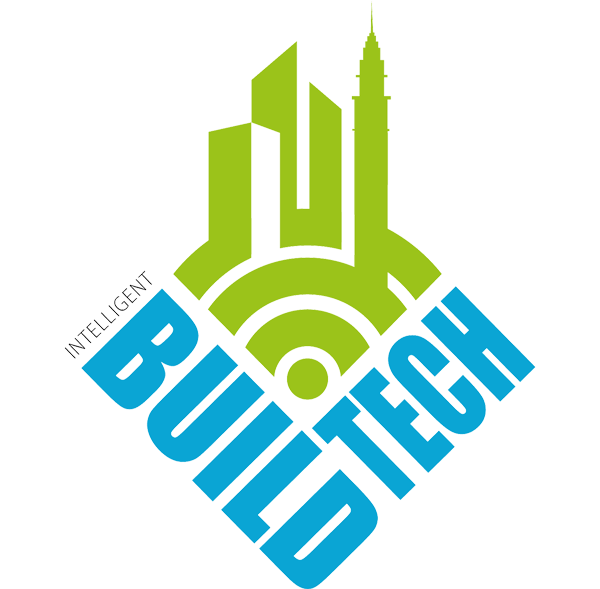I ask three experts to give their greatest advice on on-site security technology adoption. Here is what they had to say…
Ivo Allen, CEO of 911inform

I’ve learned that the most critical aspect of on-site security technology isn’t just having multiple systems in place—it’s about how effectively these systems work together. Through my experience working with police departments, schools and businesses across the country, I’ve observed that many organisations face a common challenge: they have numerous security features, but these systems often operate in isolation.
The reality is that during an emergency, every second counts. When an incident occurs, security personnel don’t have time to log into multiple systems or navigate through different platforms. In fact, the average emergency scenario is over in about eight minutes. This is why integration should be at the heart of any modern security strategy.
The most effective approach to on-site security technology focuses on three key principles: integration, accessibility and real-time awareness. First, ensure all your security systems can be managed from a single platform. This unified approach dramatically reduces response times and eliminates the confusion of managing multiple systems during a crisis.
Second, prioritise solutions that provide immediate access to critical information. Your security technology should offer interactive floor plans, live camera feeds and real-time location tracking that can be instantly shared with first responders. This level of access can reduce facility lockdown times from 10 minutes to less than 10 seconds, which can make a difference in an emergency situation.
Finally, invest in forward-looking technology that can adapt to emerging threats, such as AI-powered features like weapons detection and environmental monitoring systems. Most importantly, ensure your security technology creates a direct link between your facility and emergency responders. When an incident occurs, your systems should automatically provide first responders with the situational awareness they need, this can include interactive maps, camera feeds and real-time updates before they even arrive on the scene. This level of coordination can reduce response times to medical emergencies by an average of 60%.
Trevor Horwitz, CISO, TrustNet Inc

On-site security has evolved significantly, with technology offering powerful tools to create safer and more secure spaces. However, security isn’t just about the technology itself; it’s about how you use it, integrate it and maintain it over time. Modern surveillance systems, for example, have shifted from simply recording footage to actively analysing behaviour. With AI-powered capabilities, these systems can detect unusual activity, recognise faces and even identify licence plates in real time, allowing for proactive responses to potential threats.
Access control systems have also advanced, moving beyond traditional methods like keycards or PINs. Biometric solutions, such as fingerprint and facial recognition, provide a higher level of security by ensuring that only authorised individuals can access specific areas. These systems can be tailored to grant access based on roles, times or locations, adding another layer of control. Similarly, IoT devices like smart locks, motion sensors and environmental detectors enhance security by creating a network of connected tools that can respond dynamically to changes or potential threats.
One approach I find particularly effective is adopting Zero Trust principles for on-site security. This concept assumes that no one or nothing is inherently trustworthy, meaning every access attempt must be verified. Whether it’s a person or a device, access decisions are based on factors like identity, location and the sensitivity of the resource being accessed. This approach reduces the risk of both external breaches and insider threats.
Cloud-based security platforms also play a vital role, enabling remote monitoring and control of security systems. With mobile integration, facility managers can receive real-time alerts and updates, giving them the flexibility to manage security from anywhere. This level of connectivity not only ensures quicker responses but also improves overall oversight. Continuous monitoring and data analysis further strengthen security efforts by providing insights into patterns and vulnerabilities, allowing organisations to adjust their strategies over time.
While technology is essential, it’s only one part of a larger strategy. Regular audits, employee training and clear policies are just as critical to maintaining a secure environment. At its core, effective security is about building trust. This means trusting your systems, your team and your ability to adapt to and manage any challenges that arise. With a strong foundation of trust and a thoughtful application of technology, you can create a truly secure space.
Justin Wilmas, Executive Vice President, Sales Americas at acre security

It seems the future is already here.
The security landscape is evolving rapidly, propelled by advancements in technologies like cloud computing, Artificial Intelligence (AI) and the growing need for multi-device compatibility. These innovations are unlocking new possibilities for efficiency and integration. Yet, for many organisations — especially those with strict data privacy requirements or mission-critical operations — on-premises hardware-based systems remain indispensable. While the shift to the cloud continues to gain momentum, the enduring importance of these foundational platforms cannot be overlooked. Striking the right balance between traditional systems and emerging technologies is crucial.
In access control — where managing access to ensure safety is critical — this balance is becoming increasingly evident. We’re witnessing a significant shift toward providing organisations with more flexibility to modernise solutions at their own pace. The conversation is no longer limited to choosing between cloud or hybrid models. Instead, the focus is on identifying solutions that align with unique security needs and adapting to future demands.
The case for cloud-native solutions
Cloud-native access control systems offers numerous advantages. As your organisation grows, cloud solutions make scaling your system seamless and cost-effective, without the need for significant hardware investments. Additionally, these platforms benefit from continuous updates, and integration with AI capabilities — all of which ensure your security infrastructure is always equipped with the latest features and capabilities.
Open architecture is another key advantage. Solutions designed with openness in mind enable seamless integration with other security tools and devices, empowering organisations to build a best-in-class security ecosystem tailored to their specific needs.
The value of on-premises systems
While the cloud offers clear benefits, on-premises solutions remain vital for organisations prioritising data privacy, maintaining strict control over sensitive information or maximising legacy investments. For these scenarios, on-premises systems provide the needed control and reliability. No matter what is right for your business, flexibility is key because it allows your organisation to choose between on-premises, cloud or hybrid solutions and enables infrastructure to align with organisational needs.
The right path
In a world driven by constant innovation, organisations now have more options than ever before. Future-proofing lies in selecting an access control solution that not only adapts to the evolving security landscape but also integrates cutting-edge technologies like AI to improve usability and efficiency.
By embracing systems that are flexible enough to accommodate a variety of potential use cases, you can ensure your security infrastructure aligns with your current needs while staying ready for future challenges. Furthermore, the power of AI allows for enhanced insights and streamlined processes.
The ideal access control solution is one that keeps your business secure today while preparing you to mitigate future security risks. Regardless of the system you choose, the ultimate priority is ensuring the safety and security of your assets.




